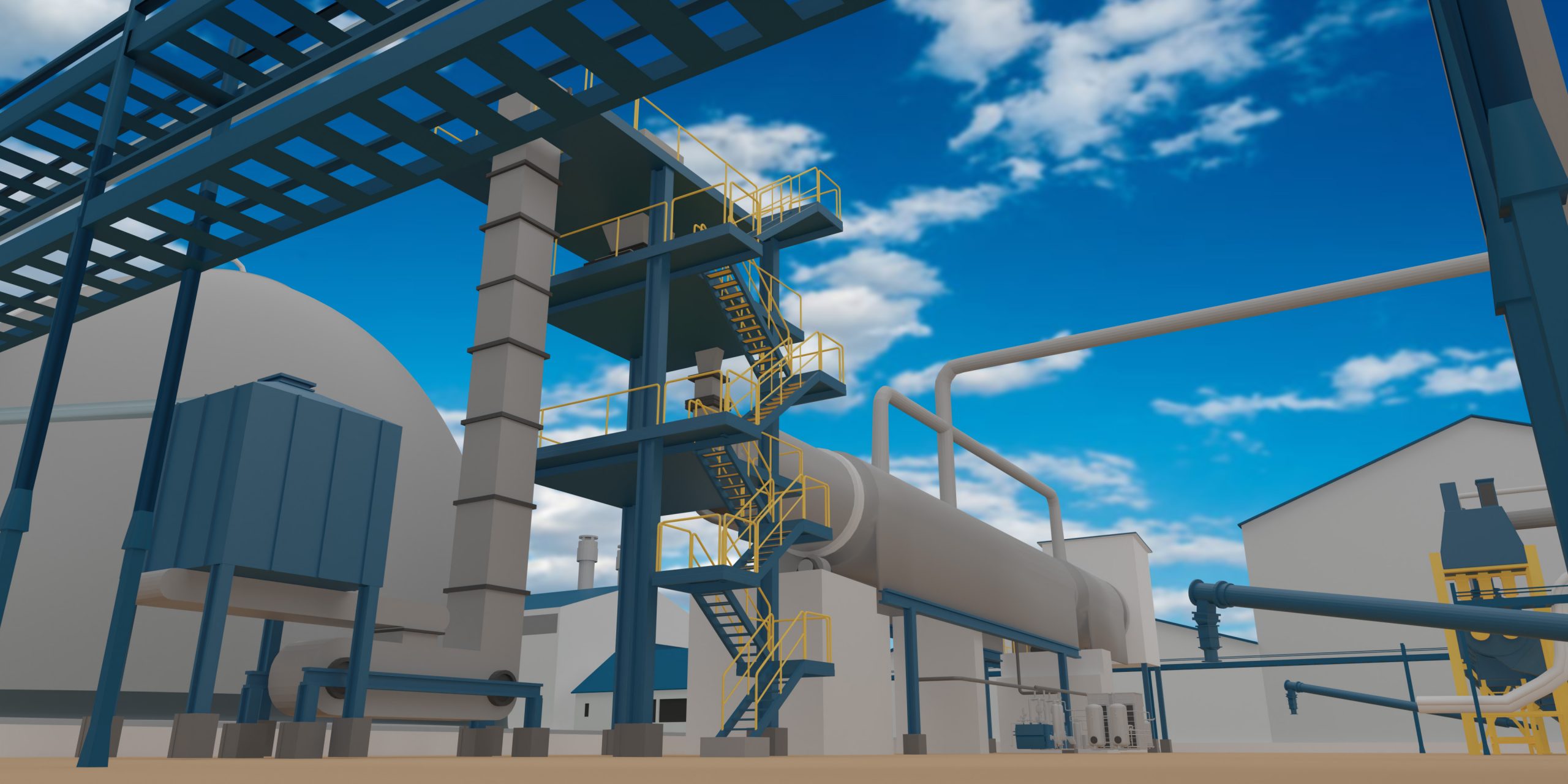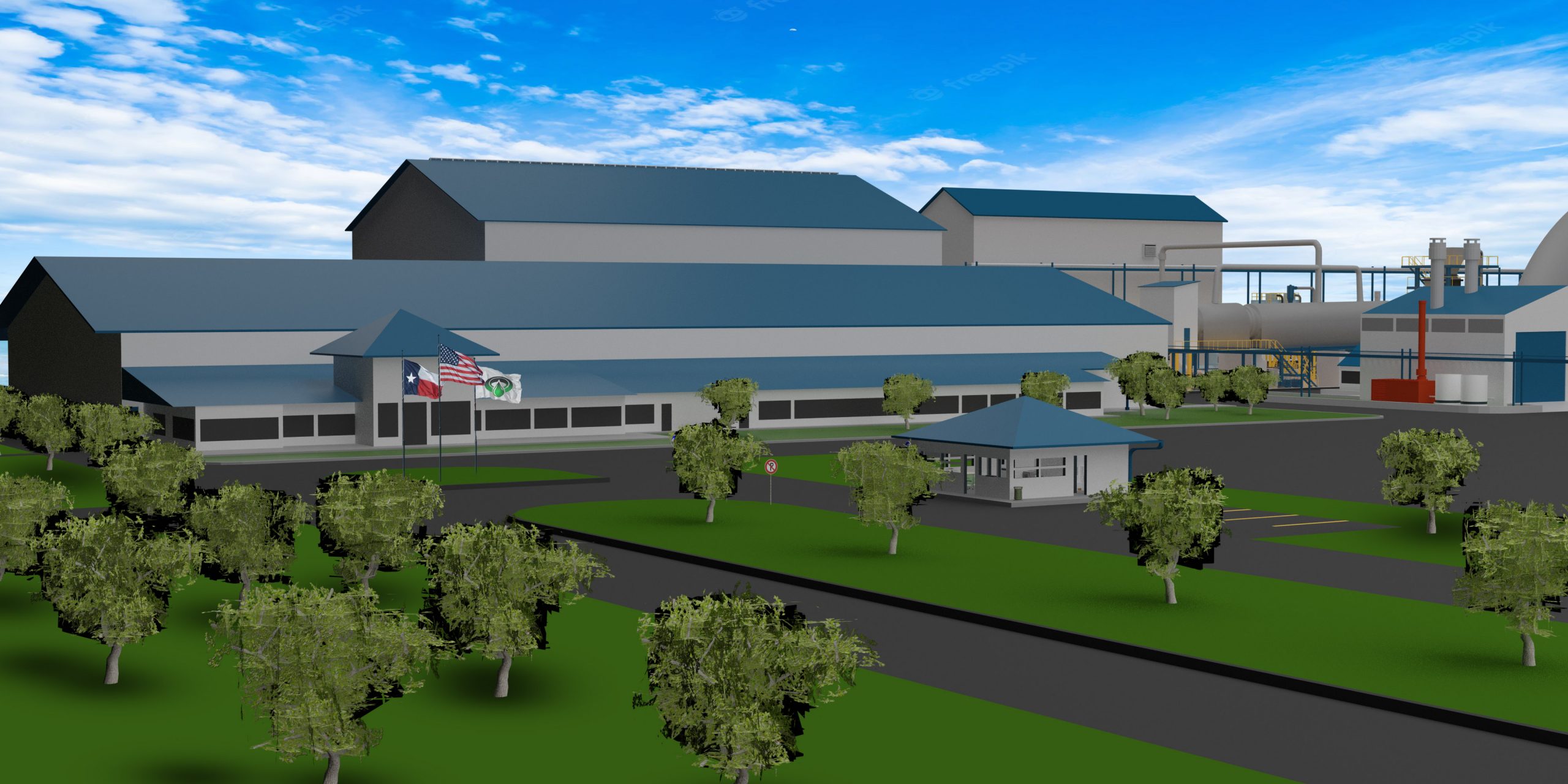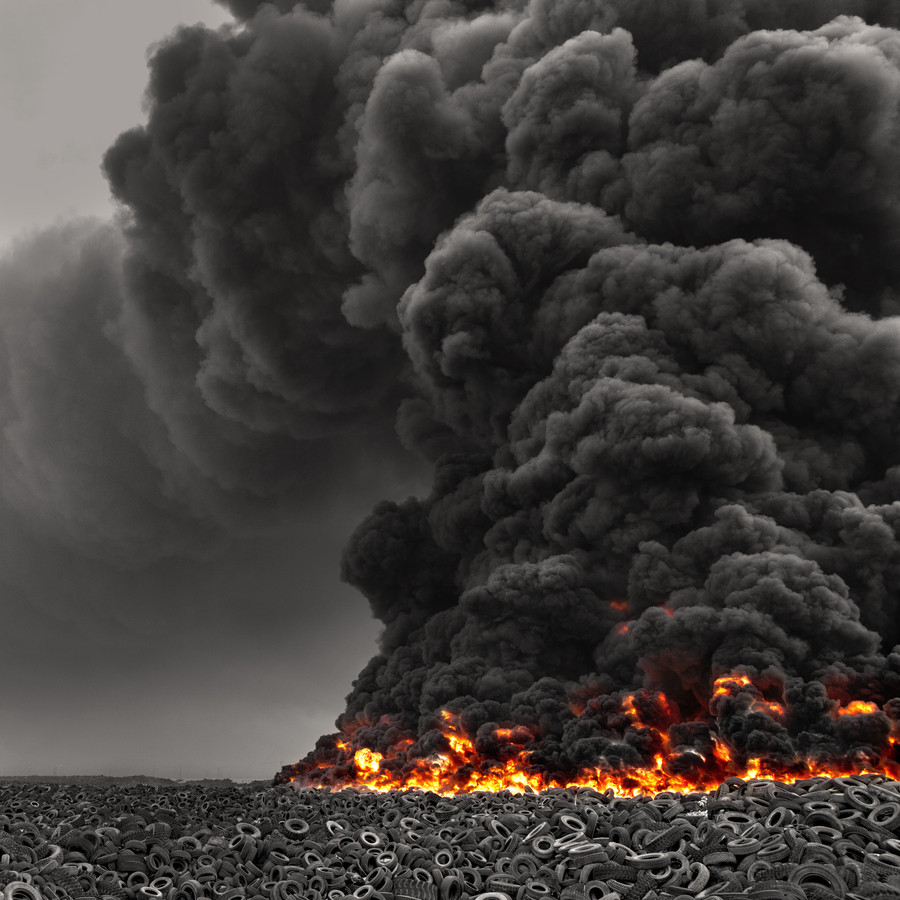SCRAP RUBBER 2 OIL - MUNICIPAL SOLID WASTE TO RENEWABLE FUELS
Our Focus on Scrap Rubber Results in High Returns and Drop in Renewable Low Sulfur Diesel Fuel
Scrap Tires Increase Every Year
REFINED BY DESIGN
Scrap Rubber 2 Oil uses our 3rd Generation design of our pyrolysis system and our 40 years experience in hydrocarbon refining processes to locate a safe and secure facility to the communities.
LOW EMISSIONS
Our Closed Loop System severely reduces the amount of green house gasses emitted from the recycling of your scrap rubber. Our single line process was permit exempt in the State of Oklahoma when proving scale of the system.
POWER FOR THE FUTURE
Renewable Fuels for Your Municipality
Scrap Rubber to Oil’s (SR2O) facilities and our technology offer an environmentally friendly method to recycle scrap tires with very attractive economic returns.
Our thermal recovery (pyrolysis) technology is scalable with an initial capacity of approximately 240 tons per day–7.4 million passenger tires per year. Based upon a 90% uptime, a base set of equipment produces the following estimated materials:
- Approximately 1.3 gallons of oil per tire to an ASTM 2892 test specification.
This would be equivalent to approximately 8.6 million gallons of oil per year. - Based on feedstock agreements, approximately 8% to 11% of a tire’s weight would be steel. This would create approximately 160 to 220 lbs of high quality steel per ton of feedstock.
- An estimated 6.4lbs of commodity grade VersaCarbon™, milled to a 325 mesh, is recovered from a 20 lb passenger tire. This would be equivalent to approximately 21,300 tons of carbon black per year at 90% up-time.
Additional refining and scrubbing of the carbon powder, results in enhanced product quality and improves the profitability for the carbon. Typical Markets that can be serviced with the carbon could be activated carbon for filtration, printer ink and toner, rubberized automotive products, as well as nanotechnology and aerospace fields.
The highly efficient and effective SR2O process allows the generation of electricity that exceeds the plant requirements. This is in addition to the non-condensable gases generated in the process that is used as fuel to maintain the operation of the pyrolysis units. This reduces the overall utility costs for the ongoing operations of the facility.

World Class Facility
A typical site layout includes several focused business practices.
Feedstock Receiving/Unloading:
Our feedstock receiving and processing area is optimized for independent businesses gathering used scrap tires and rubber to unload within minutes and return back to the road.
Feedstock Storage:
We firmly believe our unique and fireproof storage solutions for chipped rubber feedstock is the safest storage in the nation. The storage system holds up to 2 months supply of feedstock and has the ability to feed close to 400 tons per day of our feedstock to our proprietary and proven thermal recovery units.
Scrap Rubber Conversion:
Our Scrap Rubber Division evaluates the use of our three (3) types of thermal conversion systems that have been in the recovery markets for years. Depending upon the market area and types of scrap tires, scrap rubber, green rubber and other types collected will determine which of our time proven practices will be employed into the system. Different temperatures, time and process types will vary the final production of liquid hydrocarbons at each site location.
Commodity Product Production Areas:
Condensable gases are cleaned and converted to green, renewable liquid hydrocarbons that are sold to market buyers. Recovered Steel is recycled, and recovered carbon black (rCB) is cleaned and refined to meet or exceed the proposed ASTM (D8178) standard.
SR2O welcomes the interest in our solutions for your community and welcomes any questions you may have by emailing us at info@sr2o.com

- A tire’s physical structure, durability, and heat-retaining characteristics make these stockpiles a potential threat to human health and the environment. The curved shape of a tire allows rainwater to collect and creates an ideal habitat for rodents and mosquitoes.
- Prone to heat retention, tires in stockpiles also can ignite, creating tire fires that are difficult to extinguish and can burn for months, generating unhealthy smoke and toxic oils.
- Illegal tire dumping pollutes ravines, woods, deserts, and empty lots. For these reasons, most states have passed scrap tire regulations requiring proper management.
%
Percentage of oil captured from scrap tires (Roughly half the weight of the tire!)
%
Percentage of activated carbon in a Scrap Tire
%
Projected Percentage of waste tires STILL going into landifill AFTER one of our facilities is in production.
%
Percentage of oil SR2O can convert to Diesel
Information Request Form
Frequently Asked Questions
Questions become very specific to the nature of your municipality’s needs within a conversation. Our FAQ’s questions are simple and are in the top generic questions asked to SR2O.
If you have any questions, comments or needs for your local area, please feel free to contact us.